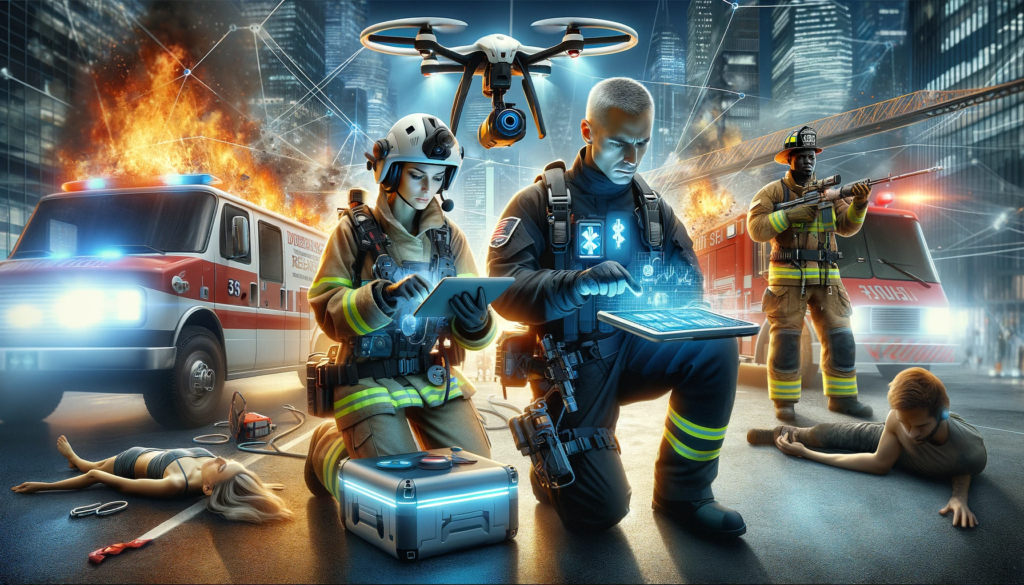In the ever-evolving landscape of emergency services, technology plays an increasingly pivotal role. From high-tech gadgets to advanced software, the field of rescue operations is undergoing a radical transformation, enhancing the efficiency and effectiveness of first responders. This article delves into the innovative technologies that are reshaping the world of emergency response.

Cutting-Edge Technology in Modern Rescue Missions
The integration of technology into rescue operations marks a significant leap forward in ensuring public safety. We’ll explore various technological advancements and how they’re changing the game for emergency responders.
Drones: The Eye in the Sky
Drones have emerged as a crucial tool in rescue operations. Equipped with thermal imaging cameras and real-time video feeds, they provide a bird’s eye view of disaster sites, helping to locate victims in hard-to-reach areas and assess the extent of damage more effectively.
Wearable Tech for First Responders
Innovative wearable technology is enhancing the safety and capabilities of first responders. Smart helmets with heads-up displays, body cameras, and biometric monitoring devices help in navigating dangerous environments and making informed decisions on the ground.
Artificial Intelligence and Machine Learning
AI and machine learning algorithms are revolutionizing emergency response strategies. From predicting natural disasters to analyzing emergency calls for quicker dispatch, AI is boosting the speed and precision of rescue operations.
Robotics in Rescue
Robots are increasingly being deployed in scenarios too hazardous for humans, such as chemical spills or structural collapses. These robots, equipped with sensors, cameras, and sometimes even life-saving equipment, can venture into dangerous zones, providing vital information and assistance.
Advanced Communication Systems
Reliable and efficient communication is the backbone of any rescue operation. Cutting-edge communication technologies, including satellite and mesh networks, ensure uninterrupted communication even in the most challenging environments.
Virtual Reality for Training
Virtual reality is revolutionizing the training of first responders. Simulating a variety of emergency scenarios, VR provides a safe yet realistic training environment, enhancing the preparedness and response skills of rescue teams.
Public Safety Apps and Software
Public safety apps and emergency response software are empowering civilians and authorities alike. These platforms offer real-time information, emergency alerts, and facilitate faster coordination during crises.
The Future of Emergency Response
We conclude with a forward-looking perspective on how ongoing technological advancements might shape the future of rescue operations. The potential for innovations like autonomous vehicles and advanced biometric scanning in enhancing emergency responses is boundless.
Conclusion: A New Era of Rescue Operations
The fusion of technology and bravery is opening new frontiers in emergency response. As we embrace these innovations, the future of rescue operations looks more efficient, safe, and responsive. In celebrating these technological advancements, we also reaffirm our commitment to saving lives and protecting communities.
